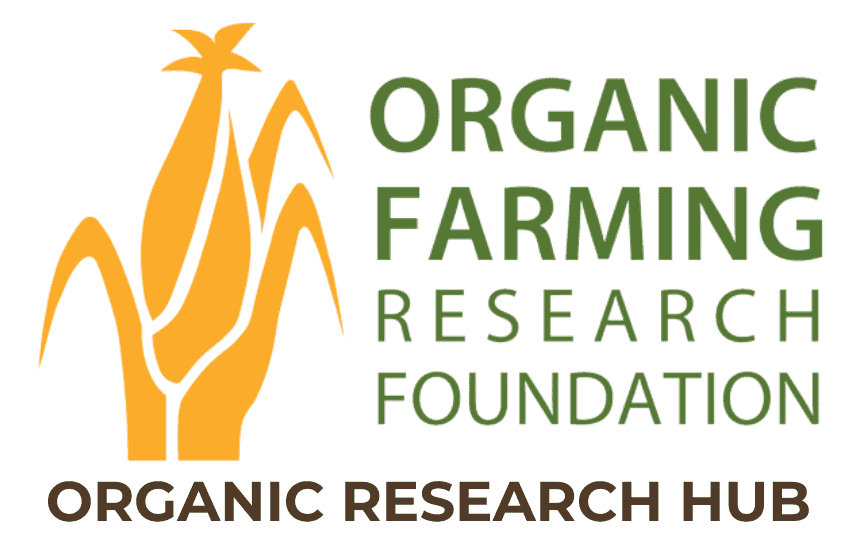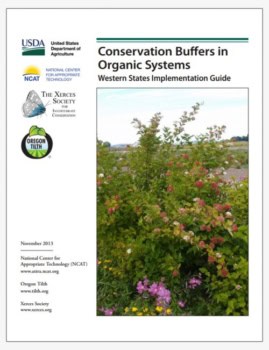Co-Managing Biodiversity Conservation and Food Safety on Organic Farms
Jo Ann Baumgartner, Wild Farm Alliance

- Farming with Food Safety and Conservation in Mind
- A Farmer’s Guide to Food Safety and Conservation: Facts, Tips, and Frequently Asked Questions
- Training Scenarios for USDA and Third Party Auditors on the Co-management of Food Safety and Conservation, as well as Small and Mid-Size Farm Concerns
More than 3,000 organic and sustainable farmers received information from these publications—either the guides themselves or summaries—through distribution by two organic certifiers, eight sustainable agriculture nonprofits, and five organic and sustainable businesses. WFA staff shared insights from these publications at three farmer workshops, a forum for farmers and conservationists, a California Department of Food and Agriculture Board meeting, a Center for Produce Safety meeting, and at the USDA Outlook Forum.
Region
West/Southwest
Topic
Conservation and Habitat, Cropping Systems, Post-Harvest Quality and Safety
Date Range
2001-2010
Funding Amount
$15,000
Funding Year
2010Location
Watsonville, California
Collaborators
Phil Foster, Phil Foster Ranches
Ken Kimes, Greensward Nurseries
Rob Gularte, Rincon Farm
Harriet Behar, Midwest Organic and Sustainable Education Service
Stacy Barlsen, Marin County Agricultural Commissioner
Garth Kahl, Oregon Tilth
Dave Runsten, Community Alliance with Family Farmers
Kristin Rosenow, Ecological Farming Association
Dan Kent, Salmon Safe
Randy Gray, NRCS



